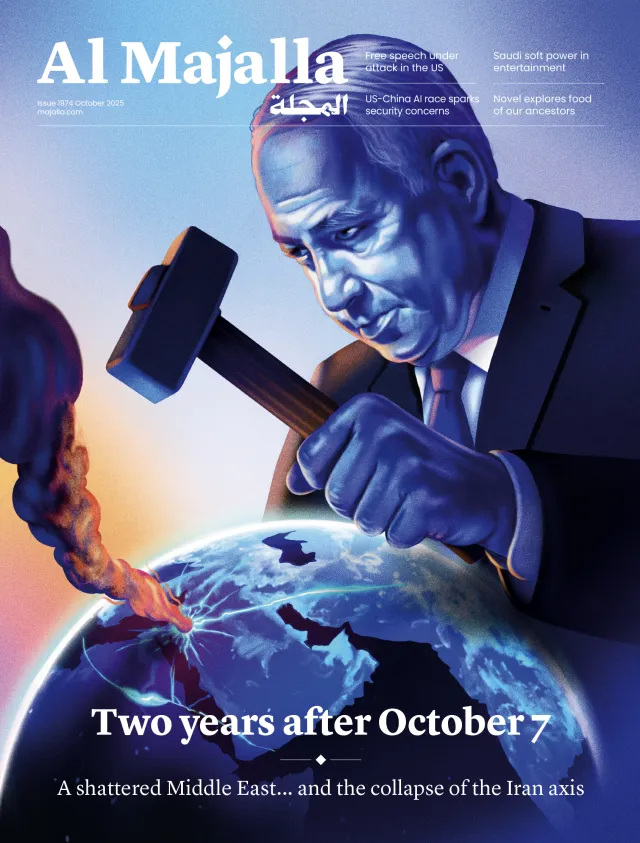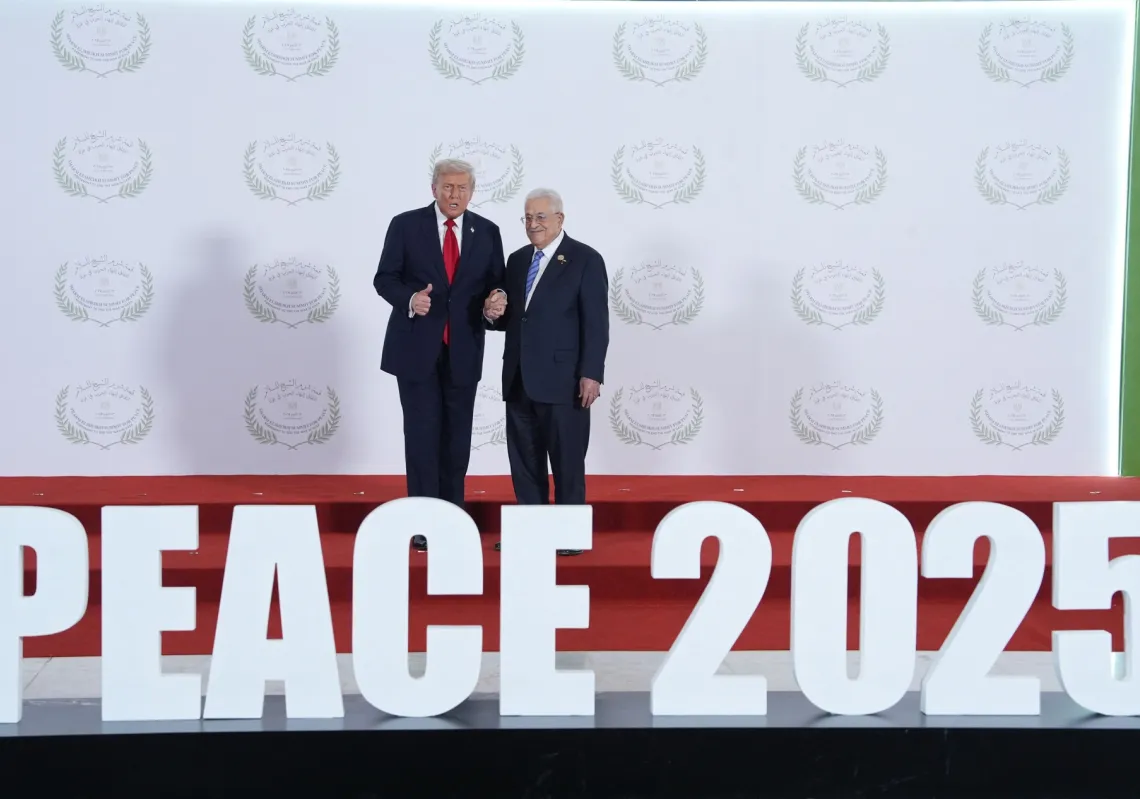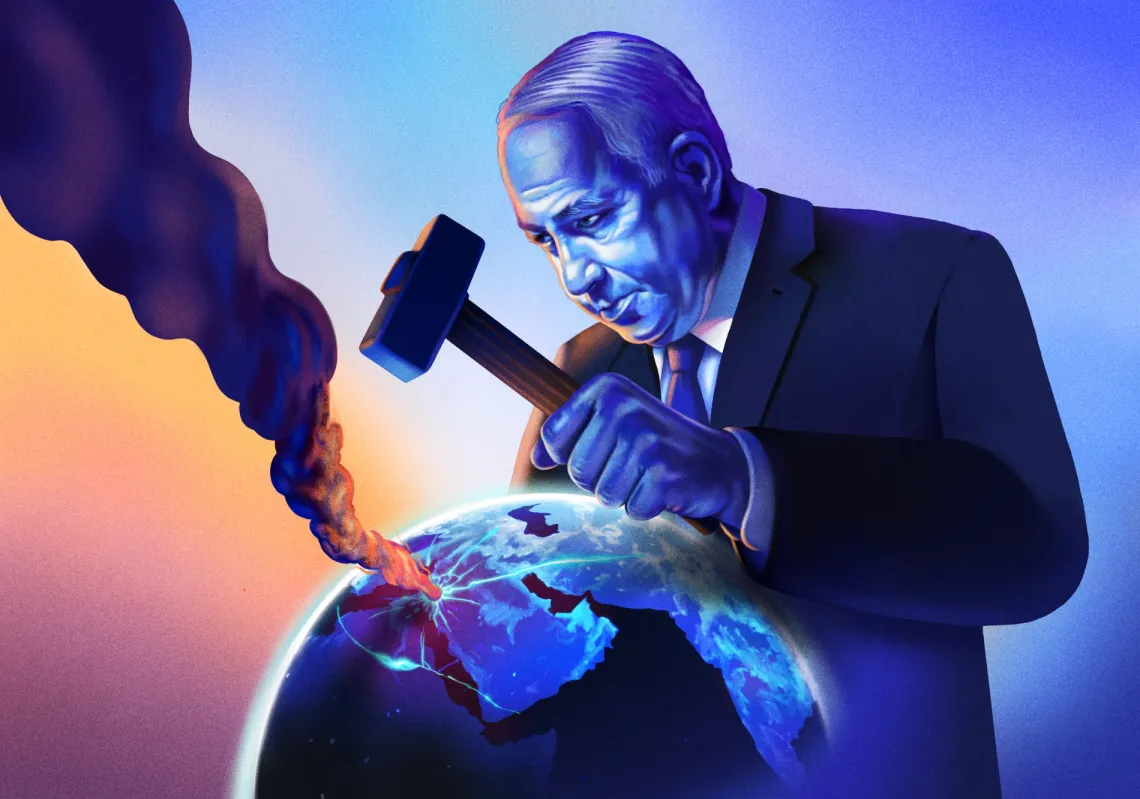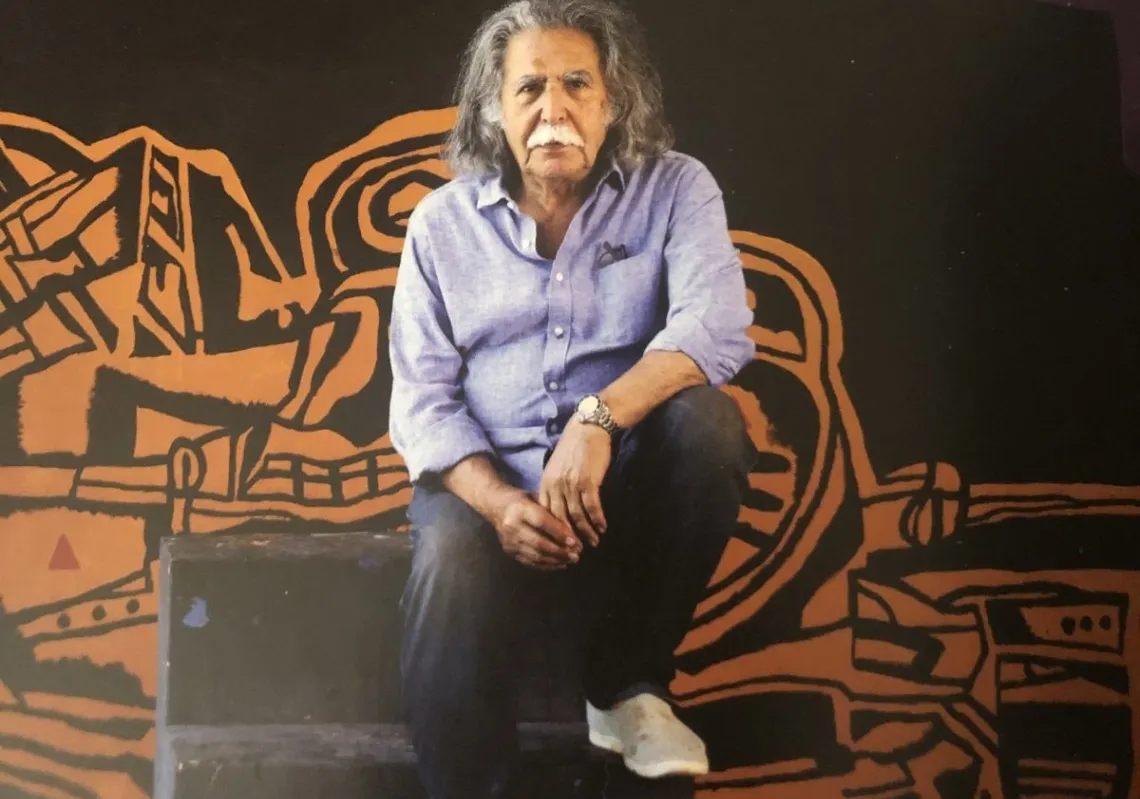 Ambassador Christopher Stevens gives a speech at the US embassy in Libya in August 2012. Source: AFP/Getty Images[/caption]
Ambassador Christopher Stevens gives a speech at the US embassy in Libya in August 2012. Source: AFP/Getty Images[/caption]
John Christopher Stevens, the American ambassador to Libya, died sometime on the night of Tuesday, 11 September 2012, on the anniversary of the infamous attacks on New York and Washington DC in 2001. He was 52 years old, and had spent 21 years in the US State Department. In a grim milestone, he was the first serving American ambassador to be killed in a terrorist attack since 1979.
Ambassador Stevens died at the US Consulate in the Libyan city Benghazi, which was the scene of a protest against the now-notorious, amateurishly-made American film insulting the Prophet Mohammed, The Innocence of Muslims. Subsequent reports indicate that the protest turned violent thanks to the actions of a radical terrorist group seeking to use it as a cover to launch an attack on the anniversary of 9/11. The consulate was set ablaze during the attack and Ambassador Stevens became separated from his colleagues. He was found by local citizens and taken to a Benghazi hospital but doctors were unable to revive him, and he was pronounced dead at around 2 am. Three other Americans were killed in the same incident, along with ten Libyans.
Born in northern California in 1960, he was the oldest of the three children of Jan Stevens, a judge, and his wife Mary Floris, a cellist of Chinook Indian ancestry. After graduating from the University of California at Berkeley with a degree in history in 1980, he joined the US Peace Corps and travelled to Morocco, where he worked for two years teaching English in a small town in the Atlas mountain range. On his return to the US he enrolled in the University of California’s Hastings School of Law, graduating in 1989. After working as a lawyer in Washington, DC for two years, Ambassador Stevens joined the State Department, specializing in international trade. Fluent in Arabic and French, he was posted to several different Middle Eastern states: Egypt, Israel, Syria, Saudi Arabia, and finally Libya. He also served in various capacities in the Bureau of Near Eastern Affairs in Washington, DC in the mid-1990s.
He was first posted to Libya in 2007 for a two-year tour as the Deputy Chief of Mission, the second most senior diplomat in the embassy. This made him the natural choice to return in 2011, when he was appointed the US representative to the National Transitional Council, the political representative of the collection of rebels fighting to overthrow the regime of Colonel Qadhafi. President Obama nominated him as the ambassador to Libya in January of this year, and following his confirmation by the Senate, he was appointed in April and landed in Tripoli to start work the following month.
Thanks to his role liaising with the NTC during the uprising against Qadhafi, he was a relatively well-known figure in Benghazi. His death sparked demonstrations against violence and terrorism in the city and elsewhere in Libya. Some of the protestors carried placards with the slogan ‘Chris Stevens was a friend to all Libyans’ and ‘Rest in Peace, Christopher Stevens.’
In a press interview, his mother Mary Commanday, spoke of her son’s passion for diplomacy and the Middle East: “He did love what he did, and did a very good job with it…He could have done a lot of other things, but this was his passion.” A video of Mr. Stevens released by the State Department to introduce him to Libyans is still available on YouTube. It stands in stark contrast to the video that sparked the protests that claimed his life. In it, he speaks of how he “quickly grew to love this part of the world”, referring to North Africa and the Middle East, and how he was “excited” to return to Libya to continue the work “building a solid partnership between the United States and Libya.”
Ultimately, Ambassador Stevens, his American colleagues and the Libyans who died in the attack on the Benghazi consulate were the victims of extremists in both Libya and the US: those who made the film and released it, presumably in the hopes of stirring up trouble, and those who sought to use the inevitable outrage at the film’s content to further their own grievances.









